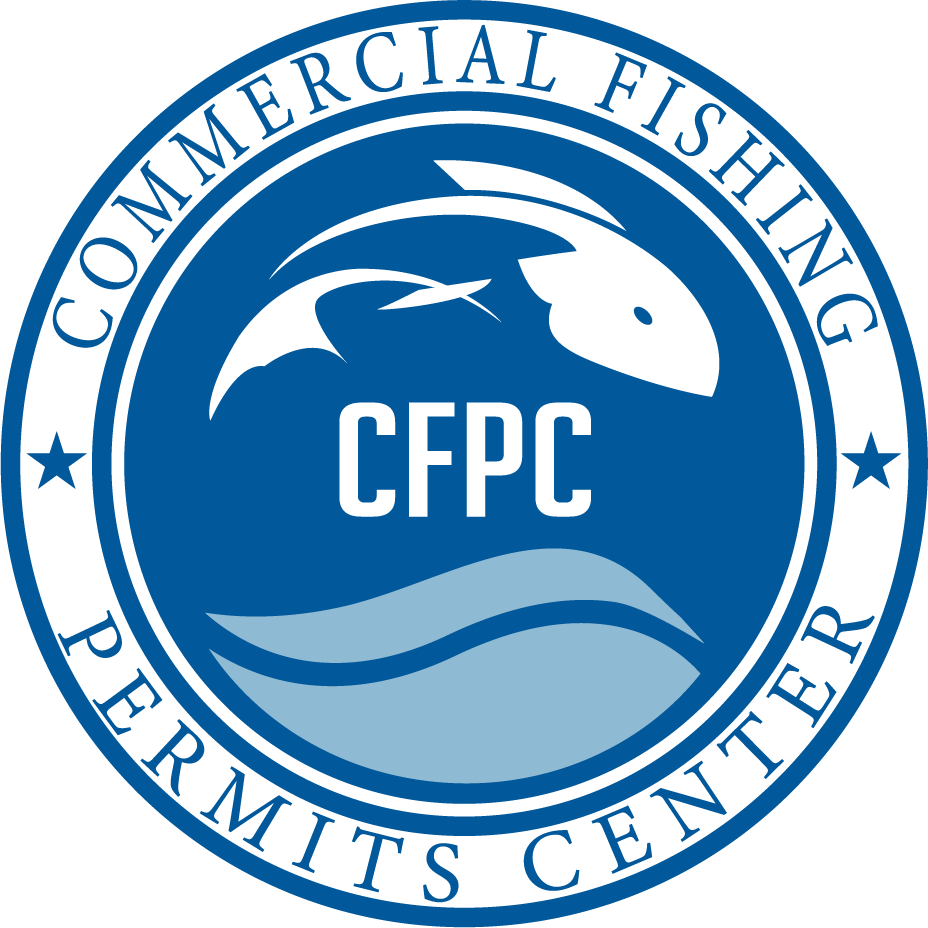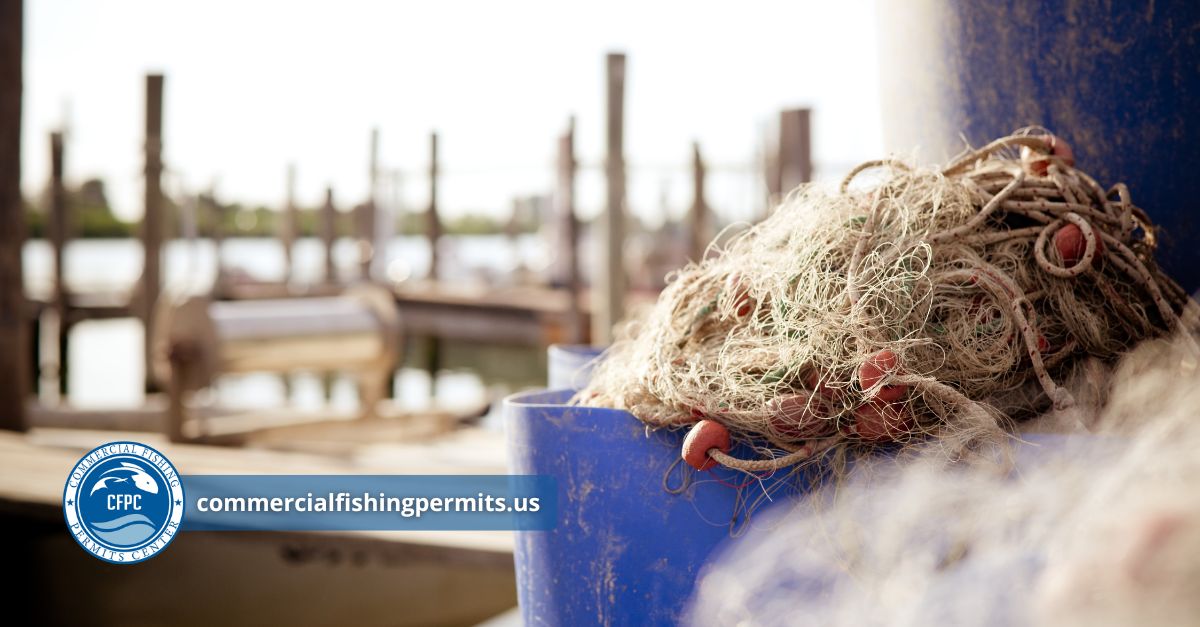A hailing port is where you claim your boat’s origin. You can choose this location, but every commercial fishing boat registered with the United States Coast Guard must have a hailing port. The USCG is part of the armed forces and is tasked with monitoring boats and enforcing regulations. Your hailing port is part of how the USCG monitors your activity and ensures your safety and the safety of everyone on the water. Keep reading to find out more about the hailing port requirements set forth by the United States Coast Guard.
Citizenship and Passport Requirements
One of the reasons why you must have a hailing port is so that the United States Coast Guard can track the boat traffic into and out of the country. If you are stopping somewhere that isn’t considered an official hailing port, you will have to prove your citizenship with a visa or passport. If you don’t have these documents with you, you may be denied entry into that hailing port.
Port State Control
Anytime a boat enters or leaves a harbor, a state port official must inspect it. A boat can be held if necessary and all boats must make a hailing stop within 24 hours of leaving a foreign city. An inspection verifies that the vessel meets USCG regulations and that includes having all necessary documentation available. Failure to comply with any of the requests during an inspection can result in large fines, impounding your boat, or other consequences. These checks are often random and can occur without alerting the ship’s skipper.
Vessel Certification
Having all relevant documentation on board your boat is important anytime you enter your hailing port. You will also need to have it when entering other hailing ports. This ensures that the US Coast Guard monitors boat traffic for everyone’s safety. Identifying paperwork allows you to get into hailing ports by proving your citizenship and point of origin. Without this documentation, you could face legal trouble, including fees and a mandated boat inspection. Be sure you keep your certification on board your boat at all times. It might also be a good idea to keep duplicates on your person when you enter a hailing port, just in case.
Specialized Training
To ensure the safety of passengers, there are requirements that pertain to training and accrediting employees. Anyone who is involved in unloading or loading passengers must be specially trained to do so. That also includes the captain, assistant captain, and chief engineer. The United States Coast Guard provides this training.
A Place to Dock
Now you know the requirements and why they are an important part of choosing a hailing port. However, having a place to dock your boat is also vital. When you aren’t out on the water, you will need a place to keep your commercial fishing vessel. Most of the time this will be a dock of your choosing. However, you can also store your boat on dry land if you so desire. Choosing a hailing port allows you to get the rest of your documentation for legally operating your vessel.
Have more hailing port questions? The Commercial Fishing Permits Center is here to help. Contact us today for assistance in navigating the process.



No Comments
Be the first to start a conversation